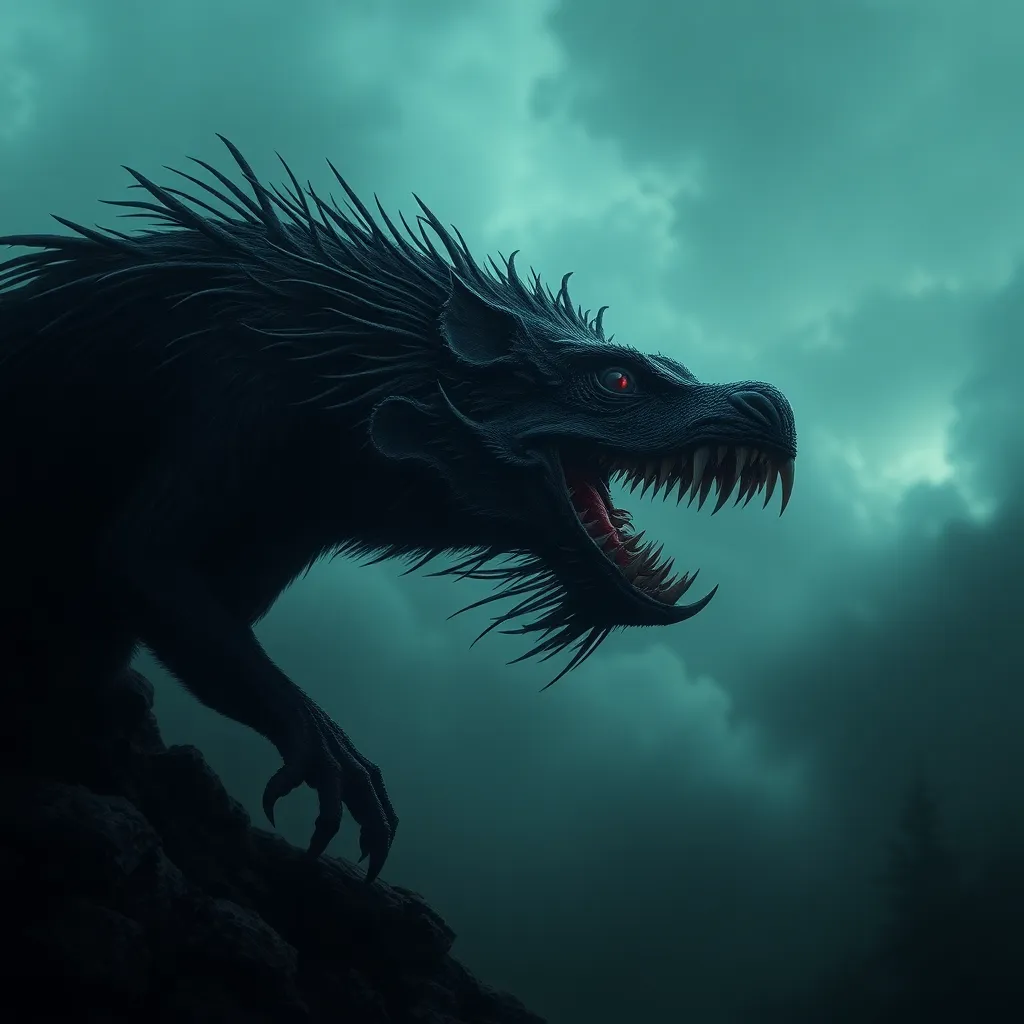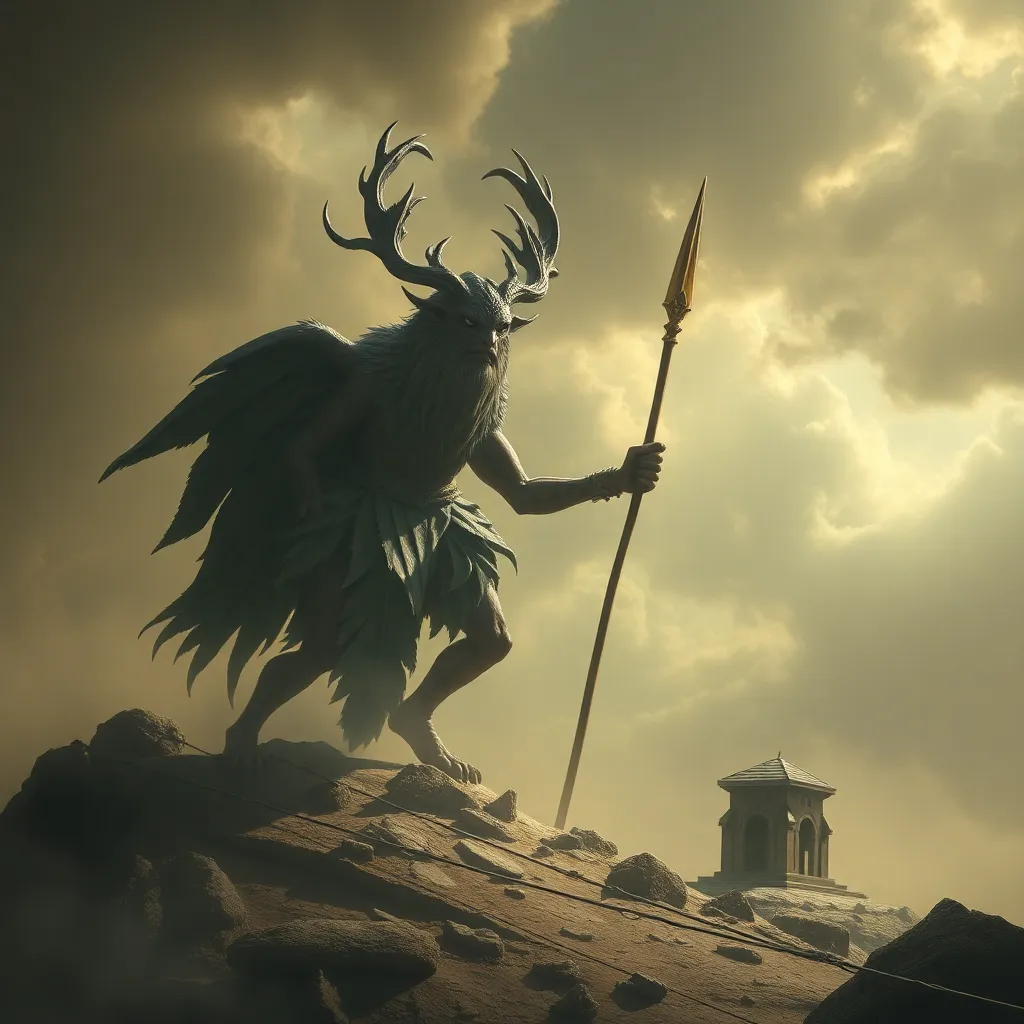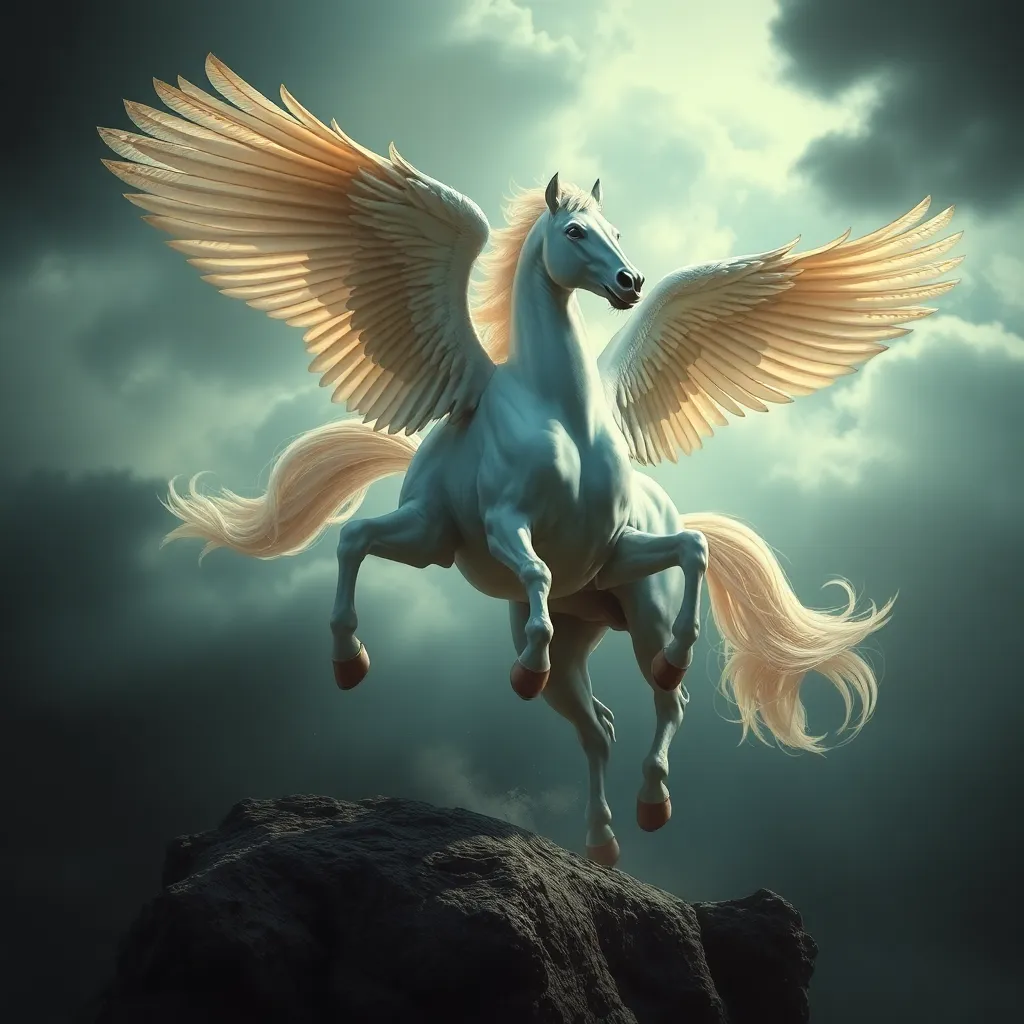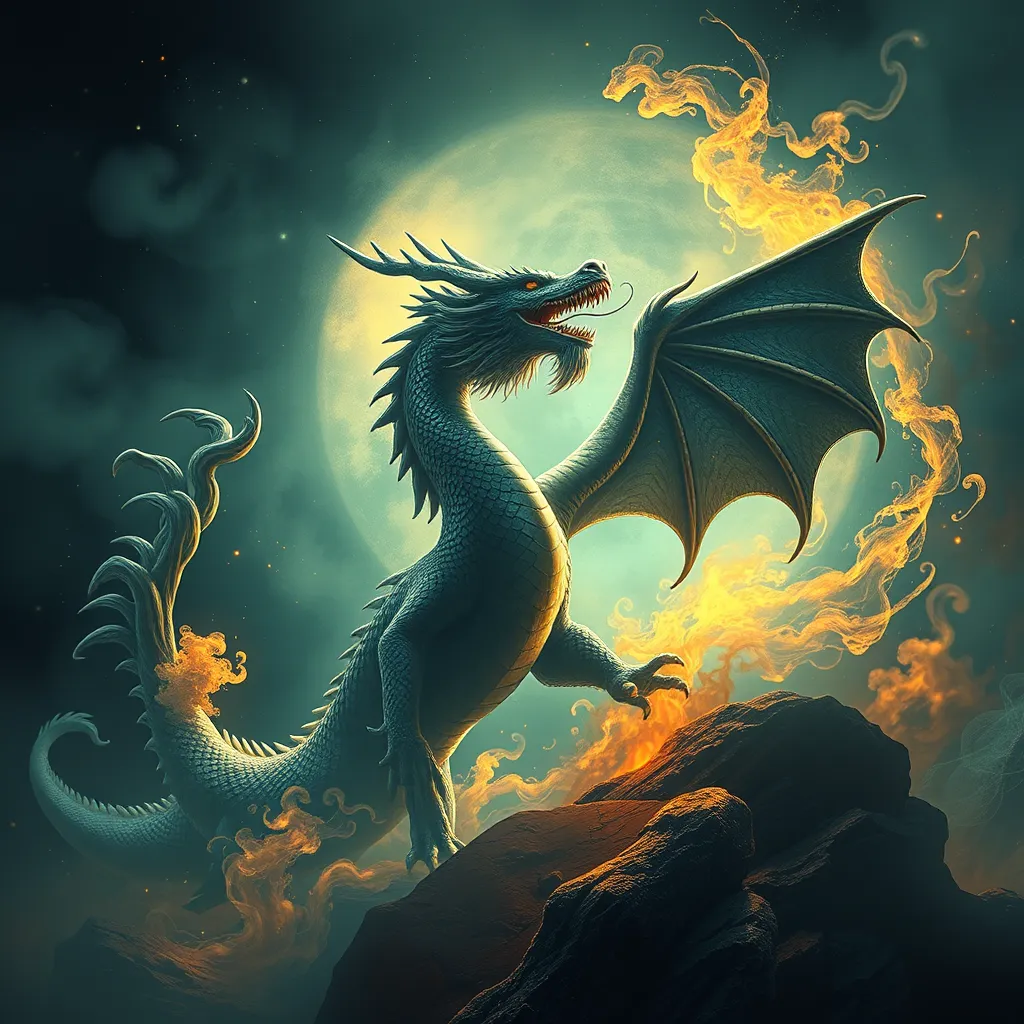The Chupacabra in Folklore: A Symbol of Fear and the Unknown
I. Introduction
The Chupacabra, a creature that has captured the imaginations of many, is steeped in legend and folklore. This mysterious entity, often described as a blood-sucking beast, has become synonymous with fear and the unknown, especially in rural communities throughout Latin America. Its existence raises questions about the nature of folklore and how it reflects societal fears and anxieties.
The significance of folklore lies in its ability to encapsulate cultural fears, acting as a mirror to the collective psyche of a community. As we delve into the legend of the Chupacabra, we will explore its origins, characteristics, and the role it plays in contemporary society. The purpose of this article is to uncover the layers of meaning behind the Chupacabra myth, analyzing its impact on cultural identity and societal fears.
II. Origins of the Chupacabra Myth
The Chupacabra legend first emerged in the mid-1990s in Puerto Rico, following a series of mysterious livestock killings. The initial reports described pets and farm animals, particularly goats, drained of blood, leading to widespread panic and speculation about the creature responsible.
Culturally, the Chupacabra roots can be traced back to various regional myths and folklore, reflecting the fears and realities of the communities that birthed them. It is believed that the myth’s origins are influenced by a combination of historical events, including ecological changes, agricultural stress, and the socio-political climate of the time.
Key accounts that popularized the Chupacabra include the infamous reports by Madelyne Tolentino, who claimed to have witnessed the creature in 1995. Her vivid description and subsequent media coverage propelled the legend into the public consciousness, sparking a wave of sightings across Latin America and beyond.
III. The Chupacabra’s Description
Common characteristics of the Chupacabra vary significantly across sightings. Generally, it is described as a small, reptilian creature, often with spikes or quills along its back, glowing red eyes, and a pronounced snout. However, variations exist:
- Some accounts depict it as a dog-like creature, resembling a coyote with mange.
- Others describe it as a more humanoid figure, standing upright with claws and fangs.
When compared to other mythological creatures, the Chupacabra shares similarities with beings like vampires and werewolves, both of which also embody societal fears of predation and the monstrous other. Its physical traits symbolize the unknown, representing the primal fears of humanity, such as vulnerability and the threat of the wild.
IV. The Chupacabra as a Symbol of Fear
The Chupacabra reflects broader themes of fear found in various cultures. It embodies humanity’s anxieties about the unknown, particularly concerning nature and the environment. As urbanization encroaches on rural landscapes, the Chupacabra serves as a reminder of the wild and untamed, evoking a sense of dread.
Psychologically, the Chupacabra invokes a range of responses, from fear and fascination to skepticism and disbelief. It prompts individuals to confront their fears regarding safety, the unknown, and the loss of control over their environment. This creature has become a symbol of societal anxieties, representing fears about disease, food security, and ecological collapse.
V. The Chupacabra in Popular Culture
In popular culture, the Chupacabra has been represented in various media forms, including films, books, and television shows. Its portrayal often oscillates between terrifying monster and comedic figure, reflecting the duality of fear and fascination.
Impact on folklore has been significant; the Chupacabra has inspired documentaries, fictional narratives, and even academic studies, contributing to a rich tapestry of storytelling. Some notable representations include:
- The 1996 film “Chupacabra: Dark Seas”
- Episodes of television shows like “The X-Files” and “Supernatural”
- Graphic novels and comic books featuring the creature
The Chupacabra has also influenced art and popular culture narratives, becoming a symbol of the intersection between myth and reality, driving creative expression across various mediums.
VI. The Role of the Chupacabra in Contemporary Society
In modern times, Chupacabra sightings continue to be reported, often fueled by social media, which plays a crucial role in myth propagation. Videos, articles, and social posts circulate rapidly, creating a sense of community around shared beliefs and experiences, irrespective of their authenticity.
As a source of community identity, the Chupacabra allows individuals to connect over shared fears and folklore, often serving as a conversation starter about cultural identity and the human experience. In areas where sightings occur, local economies sometimes capitalize on the myth, creating tourism opportunities and merchandise that celebrate the legend.
VII. The Relationship Between Folklore and the Unknown
The Chupacabra exemplifies humanity’s deep-seated fear of the unknown. Folklore functions as a vessel for expressing these existential fears, allowing communities to process and articulate their anxieties. The Chupacabra, with its unpredictable nature and mysterious origins, embodies the uncertainties of life and the threats that lie outside the realm of understanding.
Myths like the Chupacabra serve as coping mechanisms, helping individuals and cultures navigate their fears by providing narratives that frame their experiences. Through understanding these legends, we can gain insights into the collective psyche and the ways in which societies confront their existential dilemmas.
VIII. Conclusion
In summary, the Chupacabra stands as a powerful symbol of fear and the unknown, deeply rooted in folklore and cultural narrative. Its origins, characteristics, and reflections of societal anxieties contribute to its enduring legacy. As we explore the intersection of myth, fear, and cultural identity, the Chupacabra invites us to confront our own fears and uncertainties, reminding us of the primal instincts that shape human experience.
The myth of the Chupacabra continues to resonate, evolving with each retelling and adaptation, ensuring its place in the annals of folklore and as a testament to the human condition.



